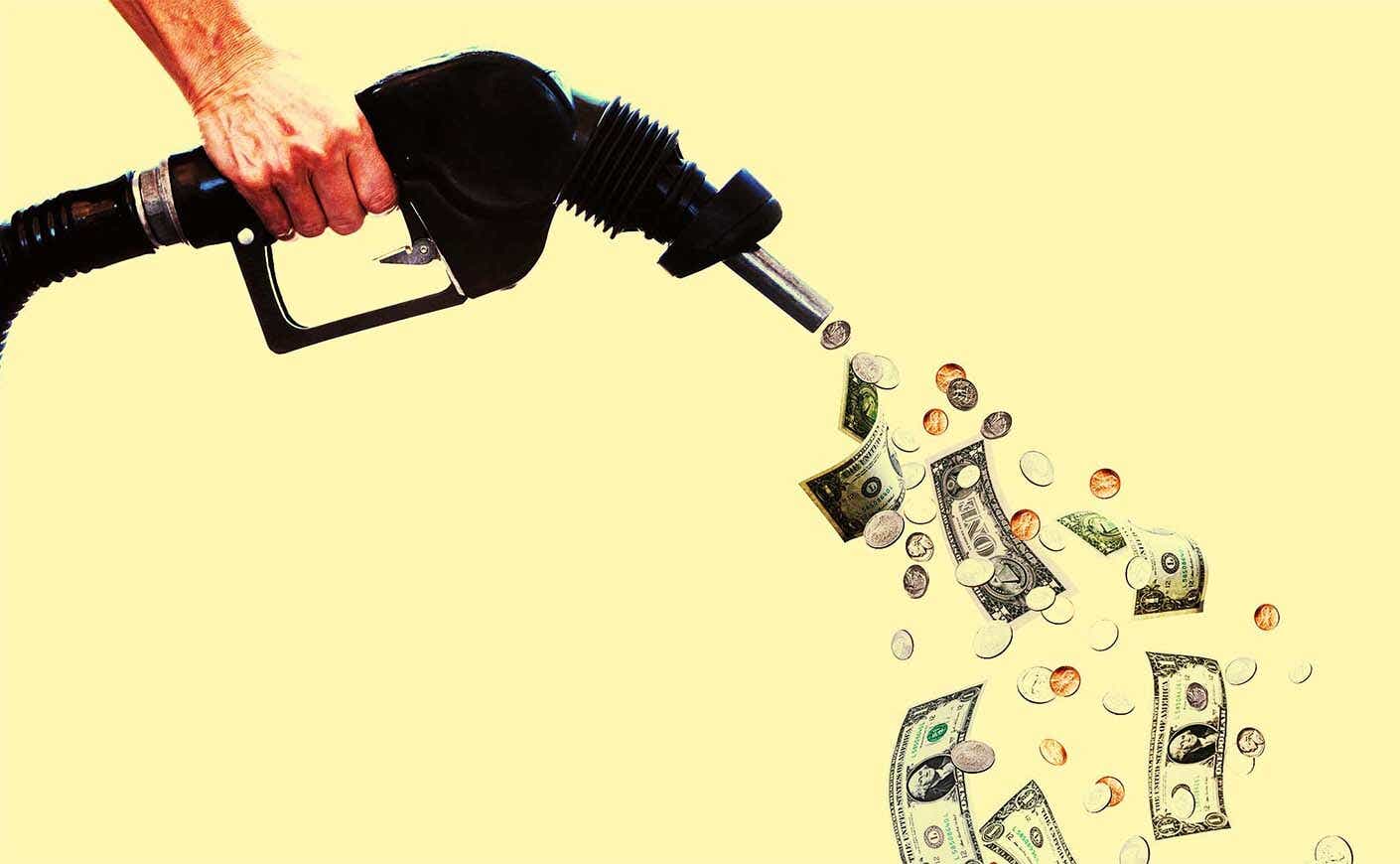The U.S. is taking a major step in an attempt to lower sky-high gas prices ahead of the holidays. We’re breaking down exactly what’s being done, and if experts think it’ll really help you save at the pump.
What’s the plan?
The U.S. is tapping into 50 million barrels of crude oil from its emergency reserve, in coordination with the U.K., China, India, Japan, and South Korea, who’ll also dip into their stockpiles. One analyst told the New York Times that his firm expects India to release up to 5 million barrels, and Japan and South Korea to add another 4 to 5 million barrels each. The U.K. has authorized the release of up to 1.5 million barrels, while China hasn’t announced its plan. The hope is the added supply will lead to lower gas prices, which have risen globally.
“This is a problem — not just in the United States but around the world,” President Biden said. “We’re taking action.”
Has the U.S. done this before?
The U.S. established its stockpile in response to the 1970s energy crisis, when an oil embargo caused gas prices to spike. The country’s 620 million barrels (the world’s largest reserve) have only been tapped before in emergencies, like during the Gulf War, or when Hurricane Katrina damaged oil production facilities in the Gulf of Mexico.
Will it actually make a difference?
Most experts believe it will briefly lower prices, and only modestly. Others say the release just isn’t big enough to move the needle. (World consumption stands at about 100 million barrels a day.)
How are Americans coping?
In short: Way fewer road trips. Gas prices last month hit their highest level since 2014. The average price for a gallon now stands at $3.41, up from $2.11 a year ago, per AAA, causing many Americans to spend less time behind the wheel.
According to one survey, only 32% of Americans are planning to drive for Thanksgiving, down from 35% last year (at the height of the pandemic) and 65% in 2019.









